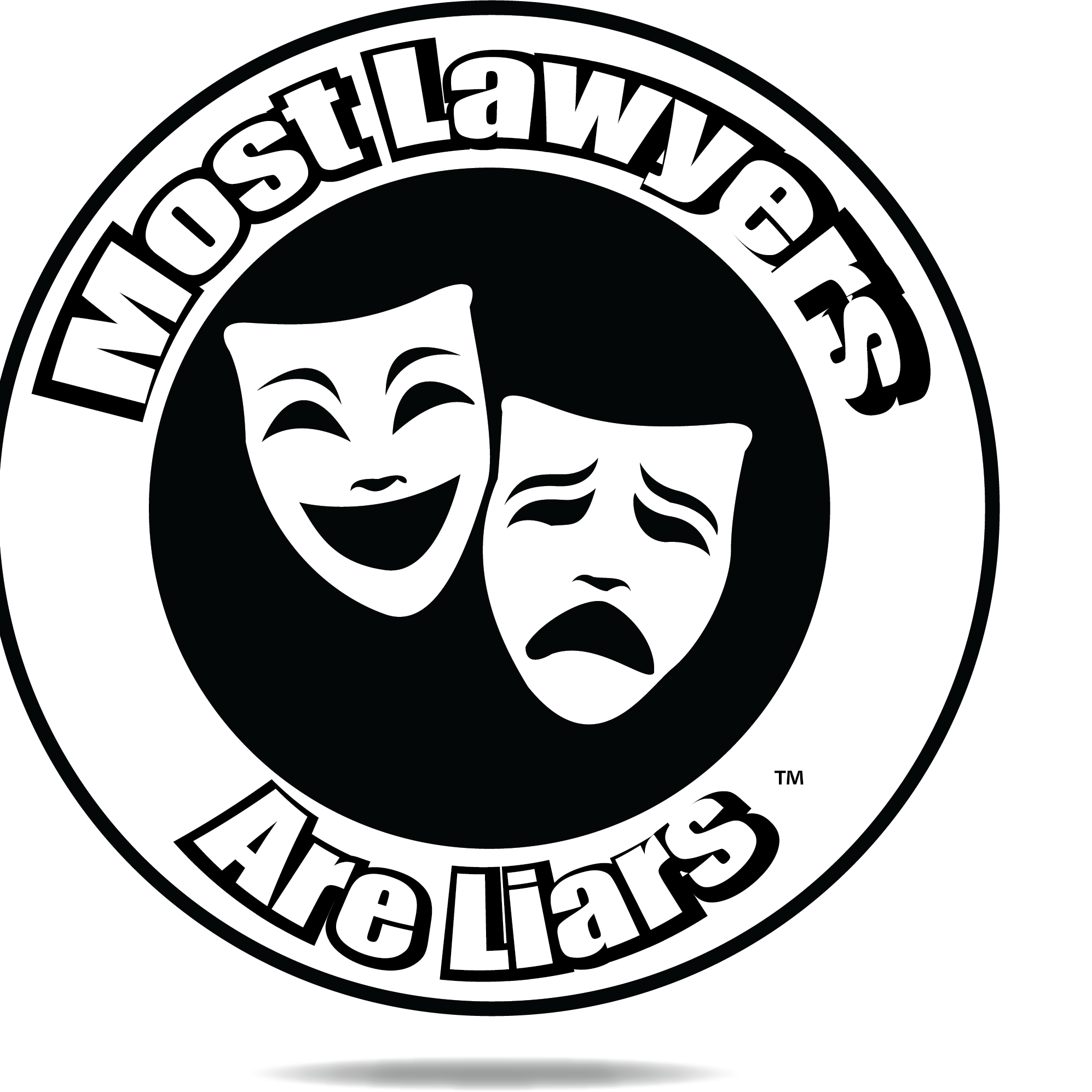Picking the right business structure is essential to the outcome of your business.
A LLC is a restricted obligation organization, which is a kind of legitimate substance that can be utilized while shaping a business. A LLC offers a more conventional business structure than a sole ownership or association. It likewise offers security to the proprietor from individual risk for any of the obligations that a business causes. At the end of the day, the individual resources of the proprietor can’t be utilized for lawful cases against the business. LLCs are normal since they give the responsibility that resembles a partnership, however they are more straightforward to lay out.
While LLCs and S organizations two terms are regularly examined next to each other, they allude to different parts of a business. A LLC is a kind of business substance, while a S organization is a duty characterization. It allows the Internal Revenue To support (IRS) realize that your business ought to be burdened as an association. To turn into a S-enterprise, your business initially should enlist as a C partnership or a LLC. A business should meet explicit rules by the Internal Revenue Service (IRS) to qualify as a S partnership.
A S enterprise gives restricted obligation assurance yet in addition offers companies with 100 investors or less to be burdened as an organization. A S partnership is otherwise called a S subchapter. In certain examples, a business might be both a LLC and a S-enterprise. (You can frame a LLC and decide to be burdened as a S enterprise, however your business can likewise work under the default tax collection framework for LLCs.)
The business structure that you pick can fundamentally affect a few basic issues in your business life. These issues incorporate openness to obligation and at what rate and way you and your business are burdened. It can likewise affect your financing and your capacity to develop the business, the quantity of investors the business has, and the overall way the business is worked.
Both LLCs and S companies flooded to the bleeding edge around the hour of the Small Business Job Protection Act of 1996, which contained a few changes to essential corporate expense regulation, like empowering S partnerships to hold any level of stock in C organizations. C organizations, notwithstanding, are not permitted to possess stock in S companies.

